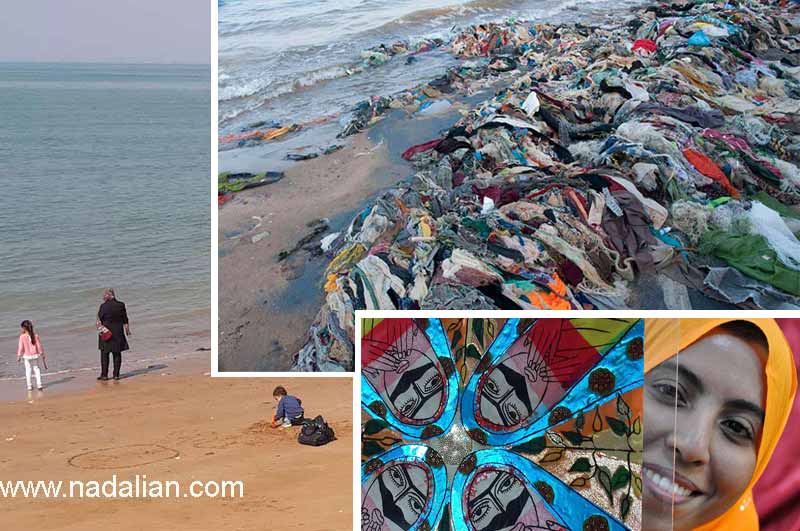In his projects in southern Iran, especially on Qeshm and Hormuz Islands, Ahmad Nadalian developed a creative and culturally informed strategy to address an environmental hazard. Traditionally, women in southern Iran wear trousers whose lower parts are decorated with delicate Golabatoon embroidery. After years of use, these trousers eventually became worn out, and in some families even new trousers were discarded after a woman’s death because keeping them was considered inauspicious. Once thrown away into nature, the synthetic and plastic-based fibers used in modern fabric production gradually broke down, turning into microplastics—something extremely harmful to the fragile ecosystems of the southern islands.

Tiyab Bandar, on the western coast of Hormuz Island, was one of the places where old embroidered trousers were thrown directly into the sea.
Nadalian transformed this environmental threat into a cultural, artistic, and even economic opportunity. He collected the discarded trousers and selected the intact, decorative sections to create a series of reverse glass paintings. In these works, the embroidered pieces serve as identity-giving elements that gain new life through painting and artistic reinvention.
Instead of being degraded into microplastics and polluting the sea, these fabrics are now preserved within durable artworks that play an active role in the cultural and artistic landscape of the region.
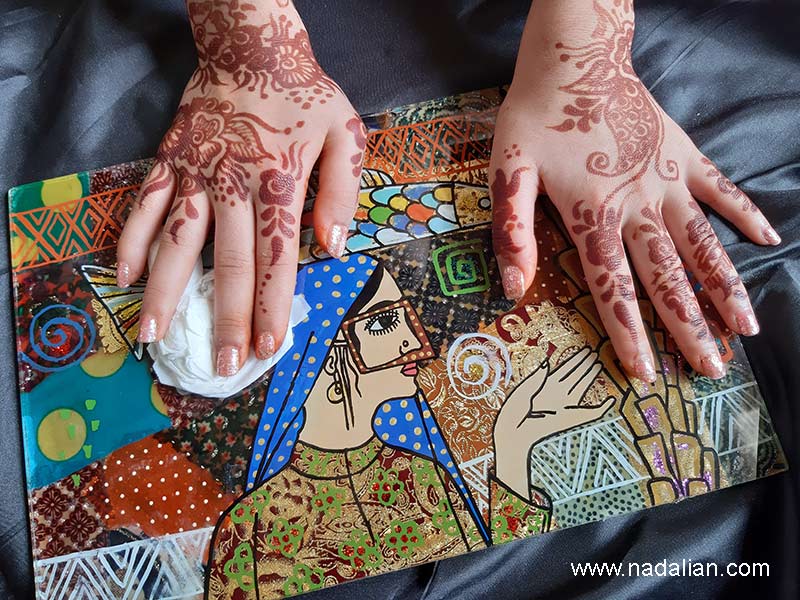
The lower, embroidered parts of these trousers—carrying the most intricate designs—are preserved as cultural treasures in the Nadalian Museum and his other art centers. This preservation not only safeguards material heritage but also highlights the value of women’s craftsmanship.
Old embroidered trousers collected from the shoreline were washed and cleaned by Hormuzi women before being archived in the museum. The women of the island washed them with care; the embroidery on them is exceptional. A selection of these pieces is now on display in Nadalian’s museum.
This process, in addition to protecting the environment and archiving women’s material heritage, generated new economic opportunities. The artworks attract tourists and researchers, create income for the artist and local community, and bring wider public attention to southern Iran’s indigenous arts.
Thus, Nadalian—with a multilayered approach—turned an environmental problem into a foundation for strengthening culture, the local economy, and the identity of southern women, creating a successful example of connecting art, environment, and community.
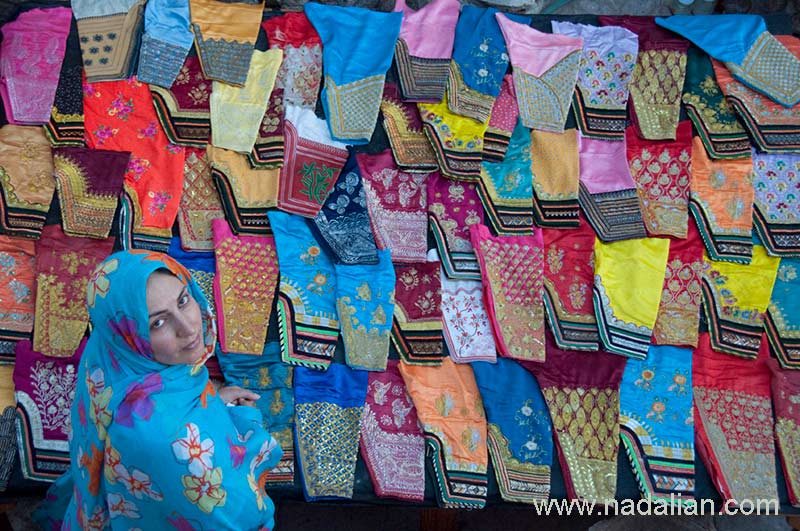
Social reactions, threats, and the transformation of a taboo into cultural heritage in Nadalian’s trousers project
Exhibiting women’s embroidered trousers in the Nadalian Museum became one of the most challenging yet influential parts of his cultural activity. In the early years, some conservative and traditionalist men objected to the public display of these trousers.
For them, these garments were considered part of women’s private space, and showing them—even in a cultural context—was seen as breaking a social taboo. The tensions escalated to the point that Nadalian was threatened that his museum would be set on fire.
Knowing the historical and cultural value of the works and fearing that they might be destroyed, Nadalian made a cautious but wise decision:
he transferred only one leg of each pair of trousers to Tehran for safekeeping.
This allowed the core collection to survive, while other examples remained available for research and exhibition in the south.
Over time, public perception changed. Those who had initially reacted harshly gradually recognized the cultural and artistic value of the collection. Women who once viewed the project with hesitation now see these trousers as part of their collective cultural identity.
Today, many women and girls donate their old, worn-out, or no-longer-fitting trousers to the Nadalian Museum, or Nadalian buys them to expand the archive. This shift in mindset is the result of ongoing cultural dialogue and Nadalian’s respect for local values. The collection is no longer just a display of clothing; it is a living archive of patterns, stitches, experiences, memories, and the aesthetics of southern women. What was once considered a threat is now honored as a valuable cultural heritage and has become part of the contemporary identity of Qeshm and Hormuz.
This transformation demonstrates how art can turn taboos into heritage, threats into opportunities, and protest into community participation—provided that the artist engages with respect, field research, and patience.
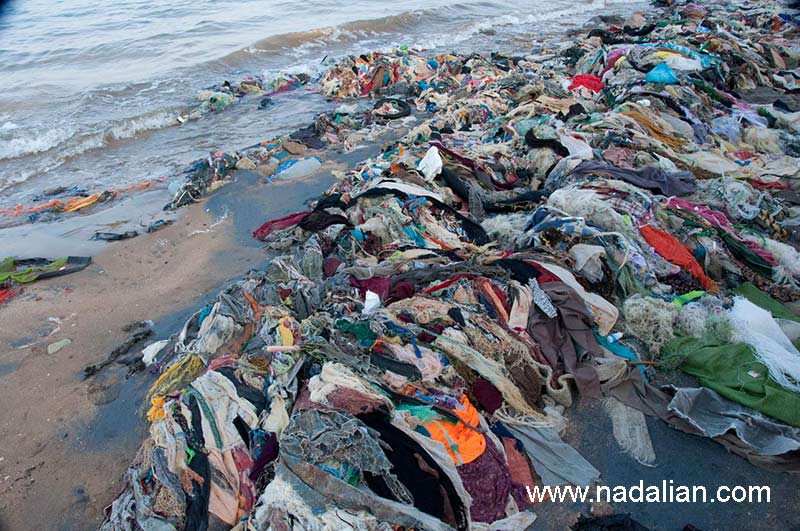
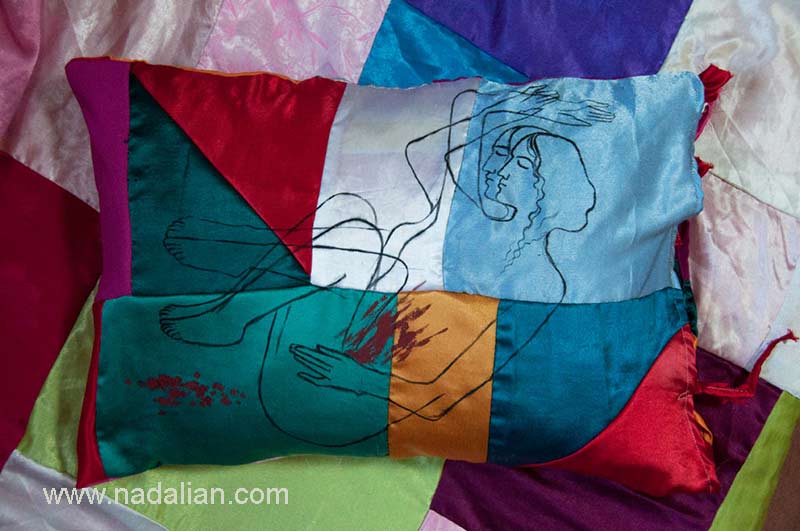
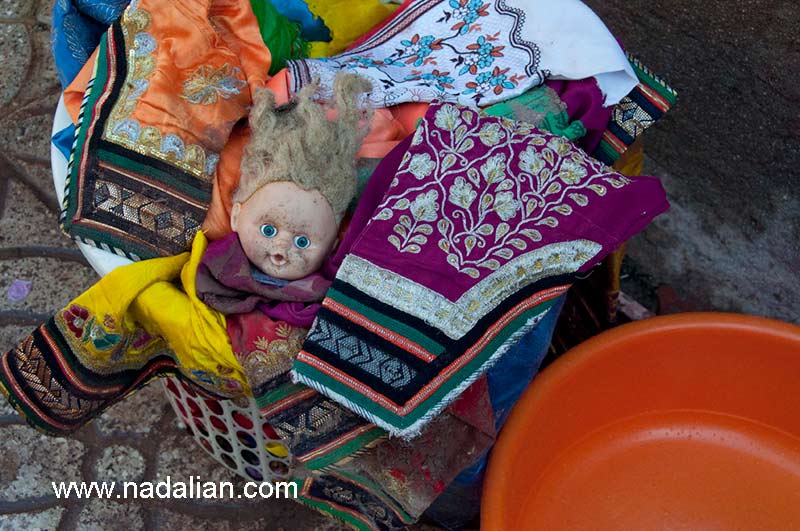

Patchwork production using the upper parts of discarded trousers
Nadalian asked local women to use the upper sections of the collected trousers to create patchwork textiles. A variety of quilted bedcovers, tablecloths, and cushions were produced. On some of these works, he painted his own designs.
The patchwork cushions made from the upper parts of the old embroidered trousers are preserved in the museum’s collection.

تولید متکا با چهل تکه هایی که از قسمت های بالای شلوار های گلابتون دوزی شده کهنه تولید شده است. در مجموعه موزه نگهداری می شوند.
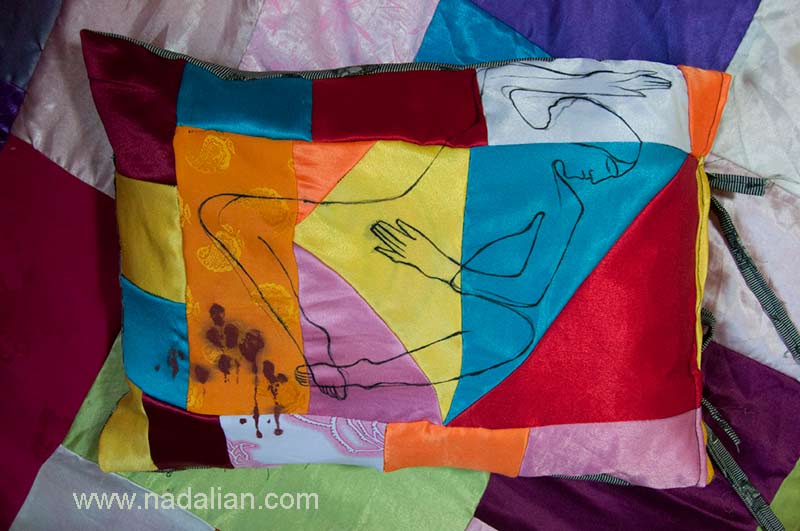
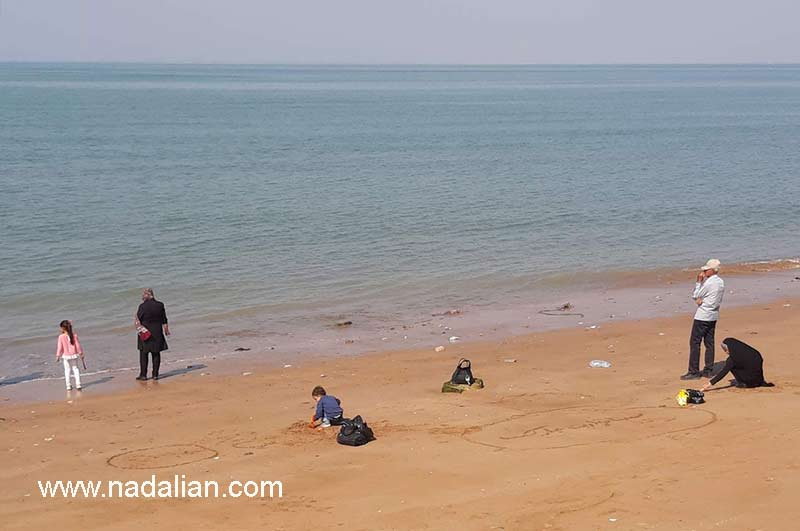
Environmental impact and local change
Tiyab Bandar, the place where old embroidered trousers were thrown into the sea, has now changed. From my recollection, collecting the fabrics from this site, exhibiting them in the museum, and sharing their images online raised awareness and resulted in greater public attention to the shoreline, leading to cleanup efforts.
Reverse-glass painting on recycled fabric—designed by Ahmad Nadalian—is an example of turning an environmental threat into an artistic opportunity.
Once again, the display of these materials and the public conversation around them helped preserve and clean this coastline.
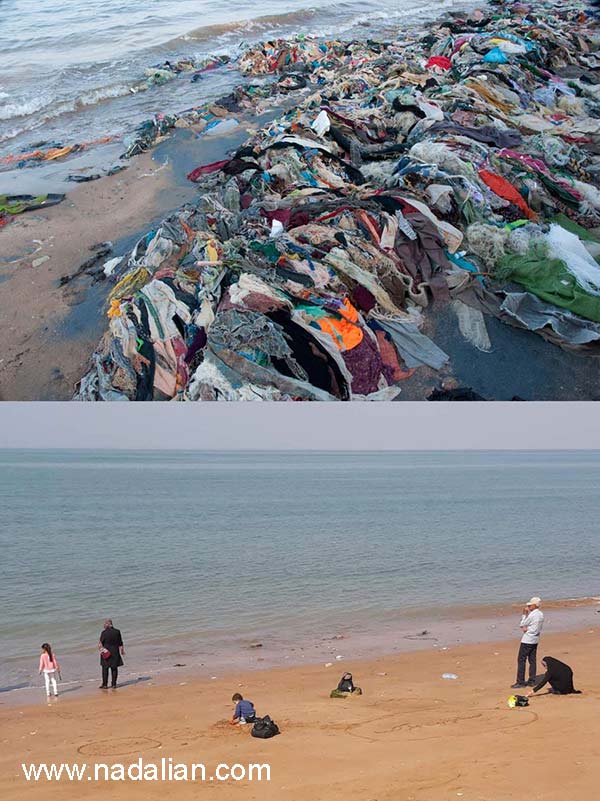
Views: 7

 فارسی
فارسی
